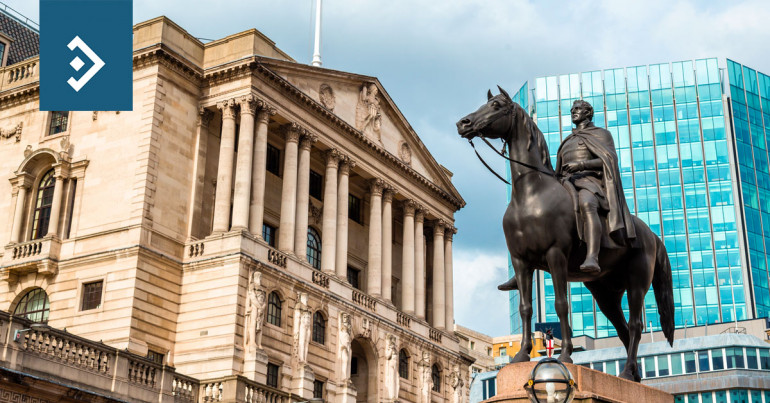
Negatives Increase for the Pound
Morning mid-market rates – The majors
March 5th: Highlights
- Poor data, Brexit and stronger dollar push Sterling lower
- Dollar up on trade deal hopes
- Euro facing “no way out”
UK Government no nearer to escape from Brexit quagmire
Yesterday, the UK’s senior lawmaker, the Attorney General, was in Brussels trying to pry apart the grip the EU has on its position. In yesterday’s bulletin, I alluded to the risk for Sterling still being to the downside, despite the shallow optimism created by the lack of support that remains for a no deal scenario.
The growing likelihood of a delay brings several other factors into play. A decision on Brexit has to be finalized by July 2nd in order for the entire election process for the European Parliament to be legally valid according to EU law. Any Brexit delay is little more than a panacea and the whole idea of kicking the whole final decision down the road and buying more time will ultimately fail.
Market optimism is failing fast. While the dollar gyrates around its own axis driven by several factors, the pound has now lost ground versus a supposedly terminally ill single currency for three consecutive days. Yesterday, it fell to a low of 1.1619 versus the euro, losing at 1.1626. Versus the dollar it fell to a low of 1.3166, closing at 1.3172.
Considering your next transfer? Log in to compare live quotes today.
Dollar driven by trade hopes
There are growing hopes of a trade deal between China and the U.S. which will end the petty squabbles and tit-for-tat tariff announcements that have gone on for the entirety of the Trump Presidency.
A further reason for the dollar’s rise has been the widening gap between U.S. and German benchmark yields which have grown from 240 basis points to 253 basis points since the turn of the year (see below).
In what appears to be tacit approval of the current monetary policy of the Federal Reserve, traders continue to buy dollars despite the Presidents criticism of the Fed in a speech on Sunday. This is maybe due to Trump seemingly being unable to decide just what he means by a strong dollar. On the one hand, he says he wants a strong dollar (to comply with some macho image) but on the other, he acknowledges he says a strong dollar hurts U.S. competitiveness by making U.S. exports expensive.
A fall in construction spending failed to take the shine off the dollar as the market prepares for this week’s employment report. Expectations remain for a strong headline, now anticipated to be circa 190k new jobs. However, an increase in wage inflation from 3.2% in January to 3.3% in February may see the index test 97.20.
Euro facing a “Catch 22”
As a currency built to facilitate global trade and become the worlds favoured method of exchange, the euro’s short-term future is always likely to be considered in terms of growing global trade.
Any disruption to global trade flows and patterns are likely to see the single currency weaken. Indeed, that is one reason why, over the past eighteen months, the euro has fallen in almost direct comparison to the state of negotiations over trade between the U.S. and China.
However, despite the optimism that is being engendered by the seeming conclusion of the trade dispute, the euro continues to weaken.
That is because as I mention above yields between the European Benchmark Government Debt (Germany) and the U.S. are widening. This makes the euro the ideal funding currency for emerging market investment and drives the euro lower. Analysts see value in investors borrowing euros and selling them to invest in higher yielding, riskier assets as rate hikes in the Eurozone are pushed further and further into the future. The more this happens, the more it becomes a self-fulfilling prophecy, until the turnaround comes.
This week’s ECB meeting won’t change that and it is more likely that U.S. rates will fall before German yields rise.
There is a long-term systemic issue facing the Eurozone that can only change long term when the EU manages to start to export again although it may be some time before that happens.
Yesterday, the euro fell to 1.1309 versus the dollar, closing at 1.1326.
Have a great day!

About Alan Hill
Alan has been involved in the FX market for more than 25 years and brings a wealth of experience to his content. His knowledge has been gained while trading through some of the most volatile periods of recent history. His commentary relies on an understanding of past events and how they will affect future market performance.”



